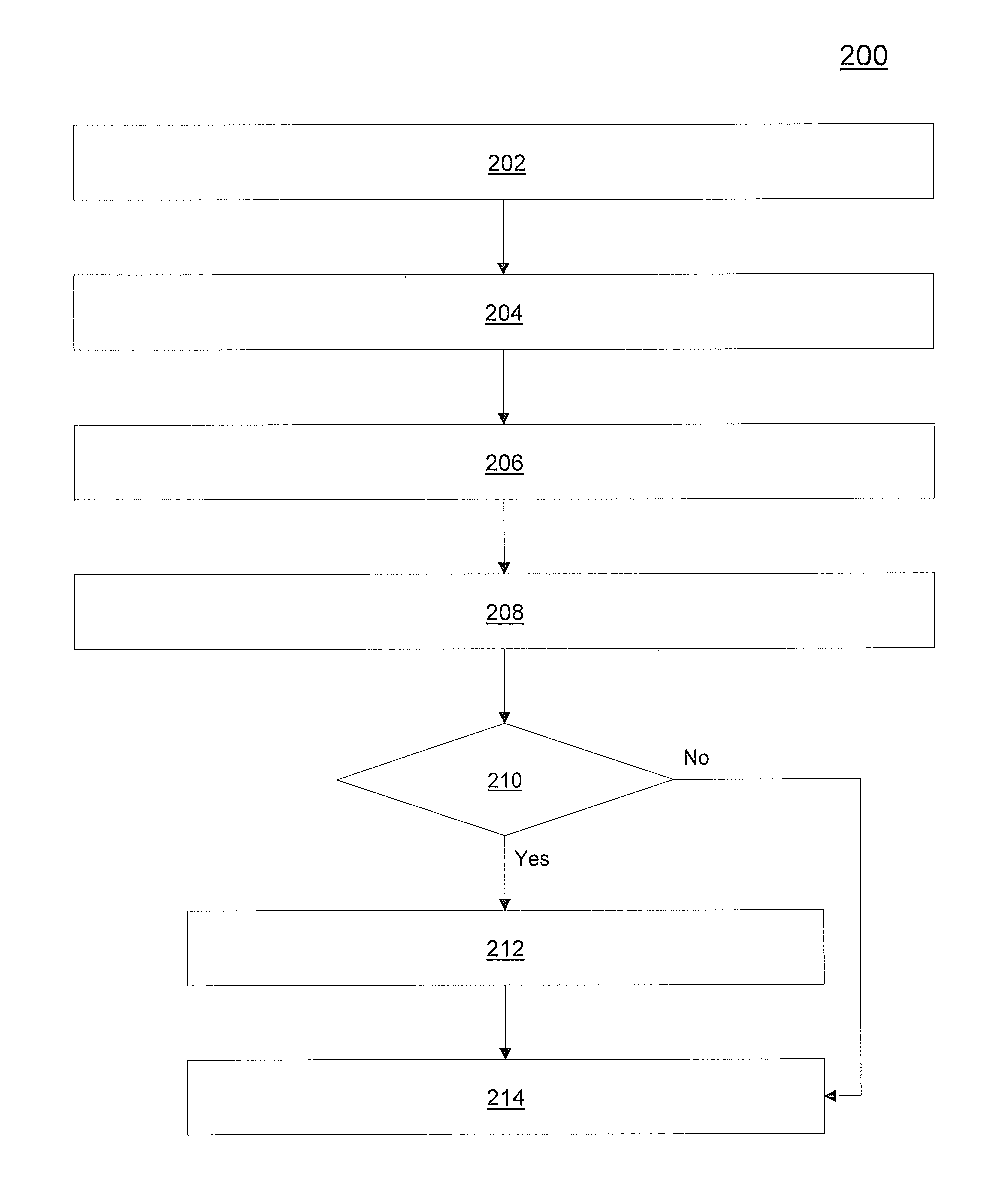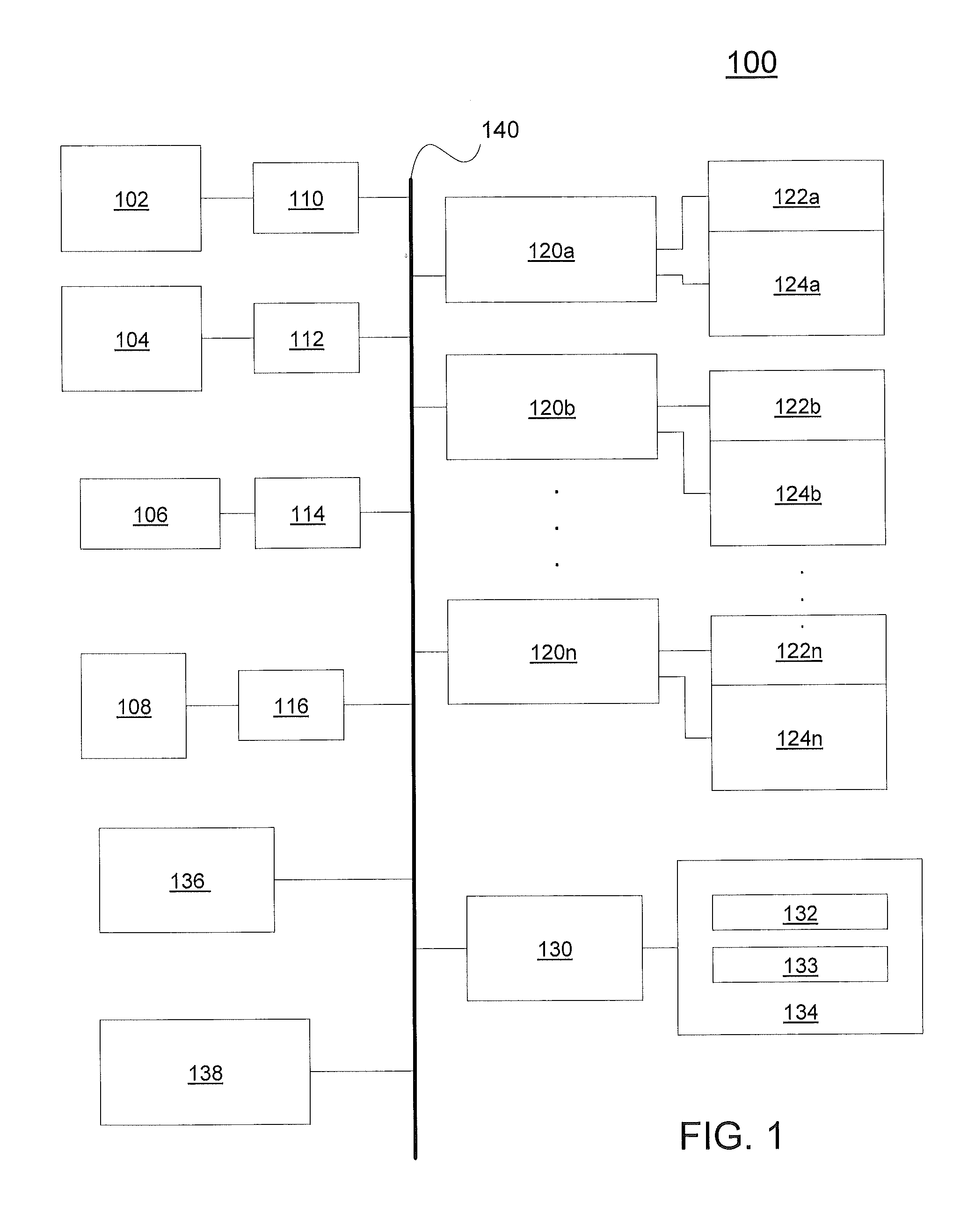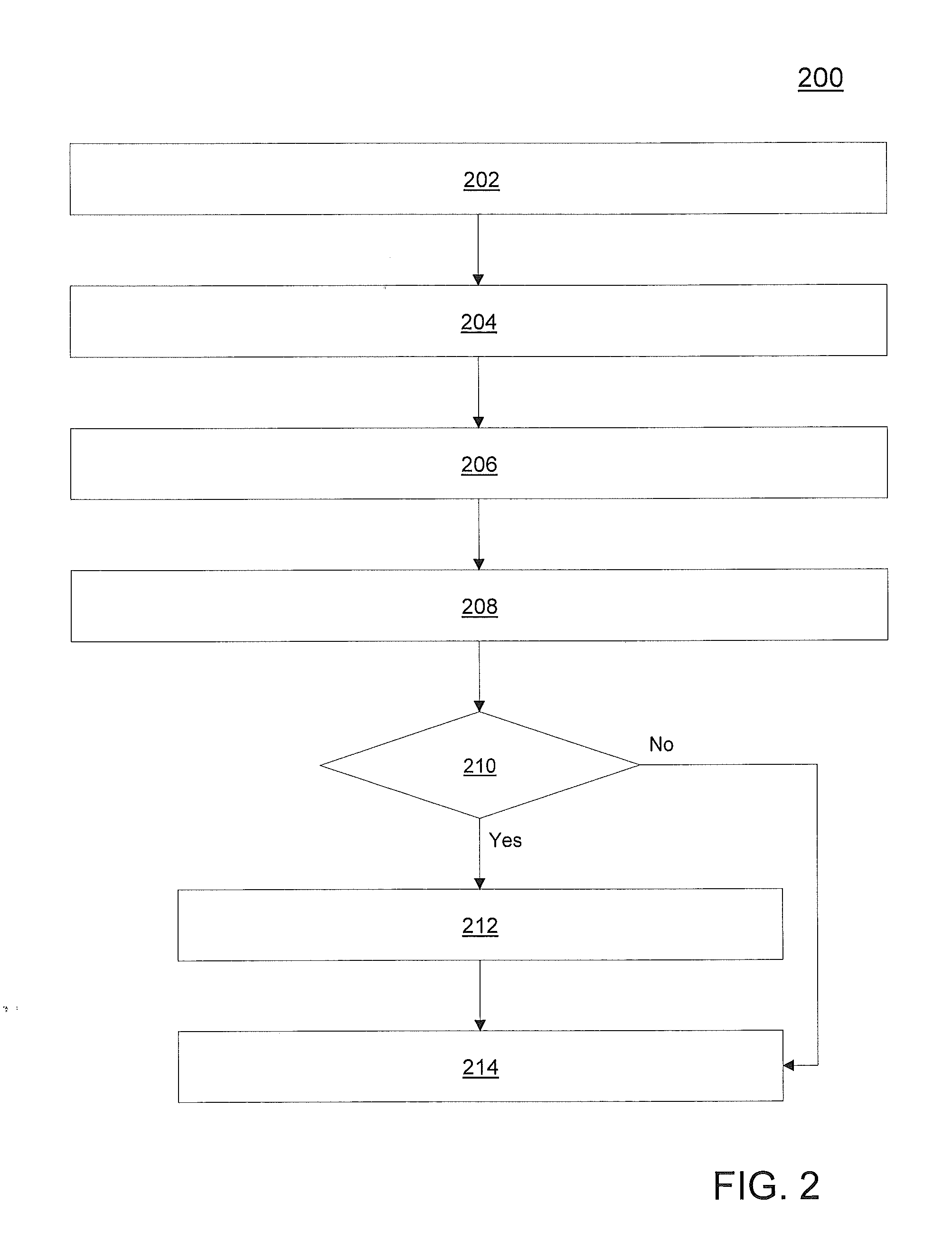Noise control of thermal components in a hybrid electric vehicle
a technology of hybrid electric vehicles and thermal components, which is applied in the direction of machines/engines, combustion air/fuel air treatment, instruments, etc., can solve the problems of less familiarity of operators with the sounds emitted, and the noise produced by these vehicles tends to be more noticeable, so as to maintain a threshold level operating efficiency of the hybrid-electric, and reduce the effect of operation level
- Summary
- Abstract
- Description
- Claims
- Application Information
AI Technical Summary
Benefits of technology
Problems solved by technology
Method used
Image
Examples
Embodiment Construction
[0011]The following description is merely exemplary in nature and is not intended to limit the present disclosure, its application or uses. It should be understood that throughout the drawings, corresponding reference numerals indicate like or corresponding parts and features.
[0012]In accordance with an exemplary embodiment, noise control for an electric or hybrid electric vehicle is provided. The noise control includes a process in which existing sources of noise that produce identifiable and recognizable sounds in the vehicle are used to mask other sounds, which may not be readily identifiable by a vehicle operator. In one exemplary embodiment, the identifiable noises refer to those produced by components associated with the vehicle's internal combustion engine. Such noises include, e.g., those resulting from vehicle speed and engine speed. Other identifiable noises include those produced by a cooling fan and a heating, ventilation, and air conditioning (HVAC) system. The above-re...
PUM
 Login to View More
Login to View More Abstract
Description
Claims
Application Information
 Login to View More
Login to View More - R&D
- Intellectual Property
- Life Sciences
- Materials
- Tech Scout
- Unparalleled Data Quality
- Higher Quality Content
- 60% Fewer Hallucinations
Browse by: Latest US Patents, China's latest patents, Technical Efficacy Thesaurus, Application Domain, Technology Topic, Popular Technical Reports.
© 2025 PatSnap. All rights reserved.Legal|Privacy policy|Modern Slavery Act Transparency Statement|Sitemap|About US| Contact US: help@patsnap.com



